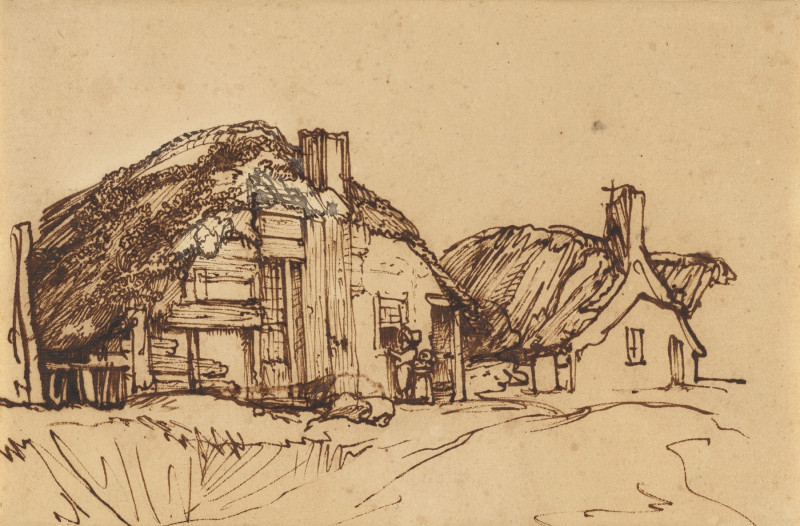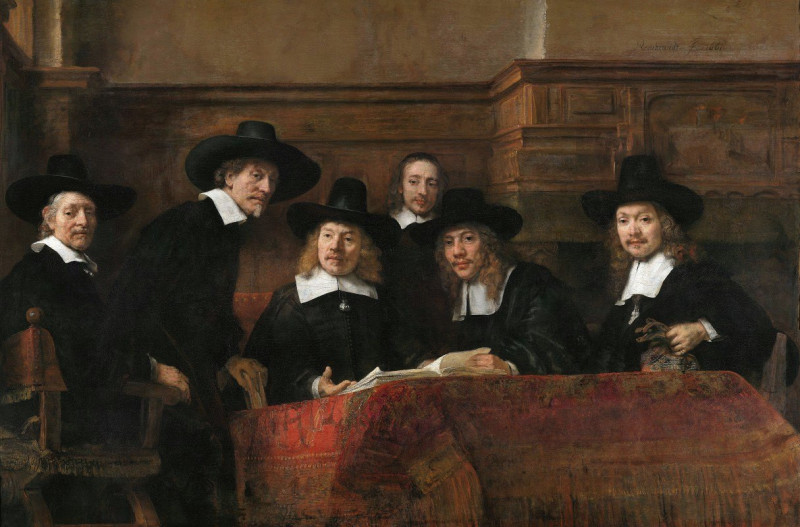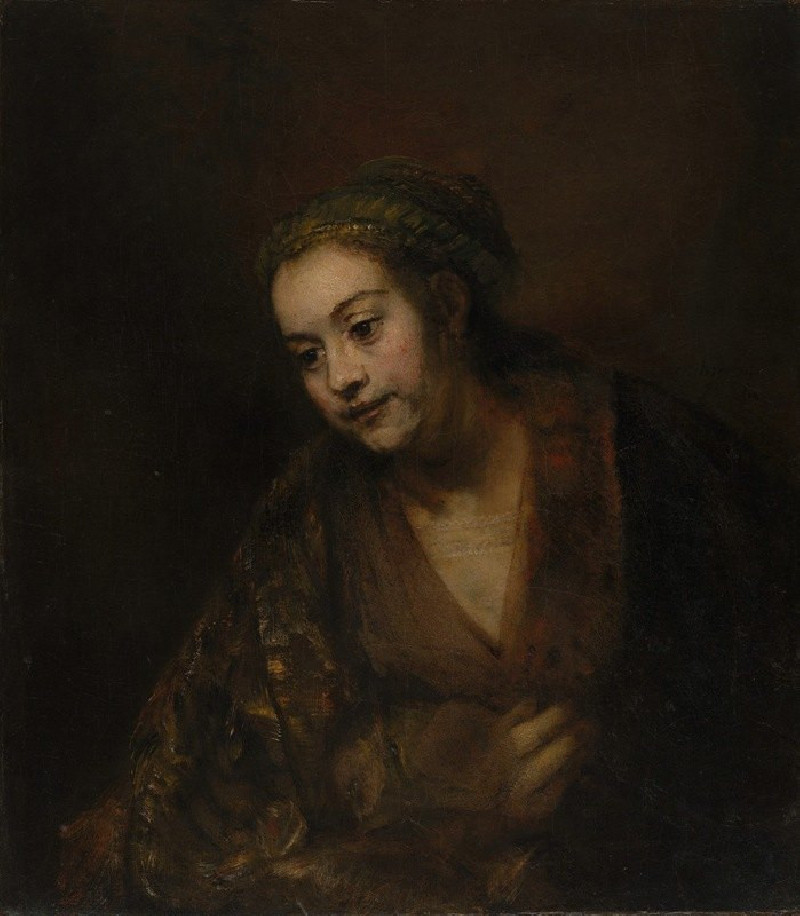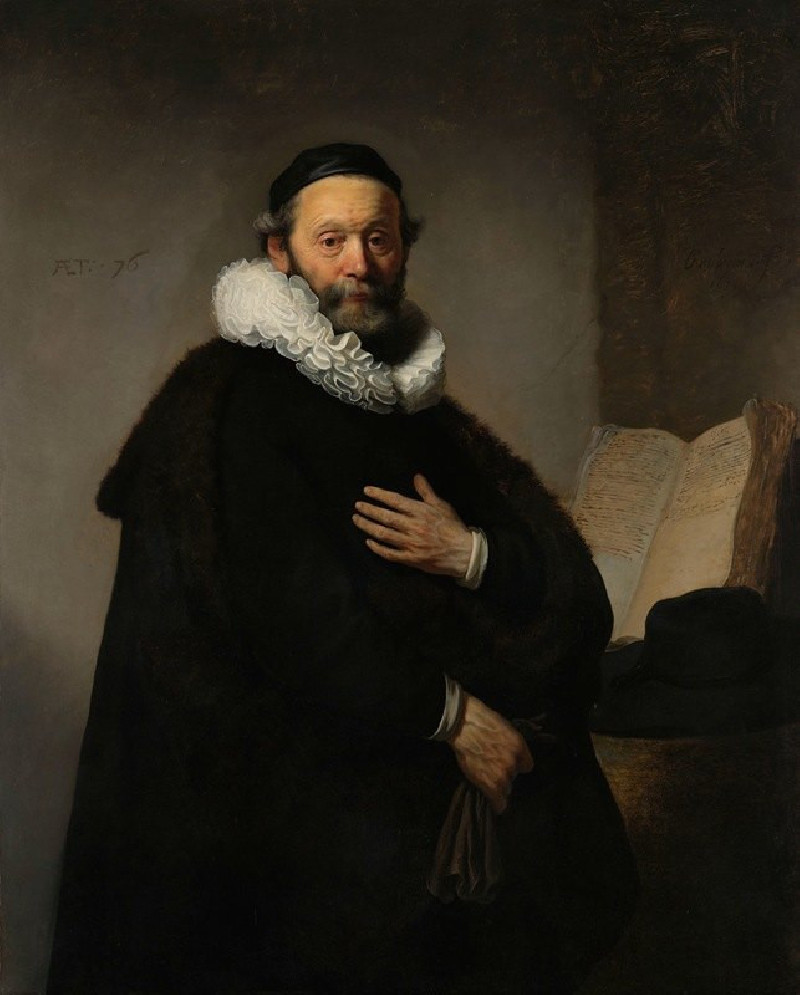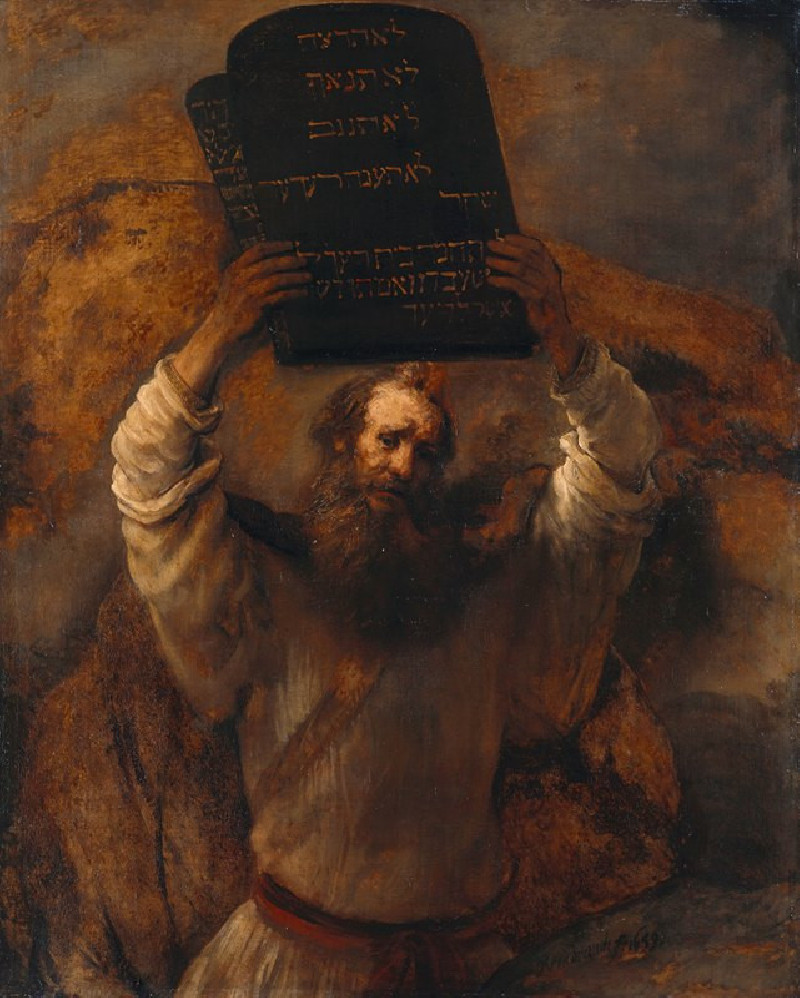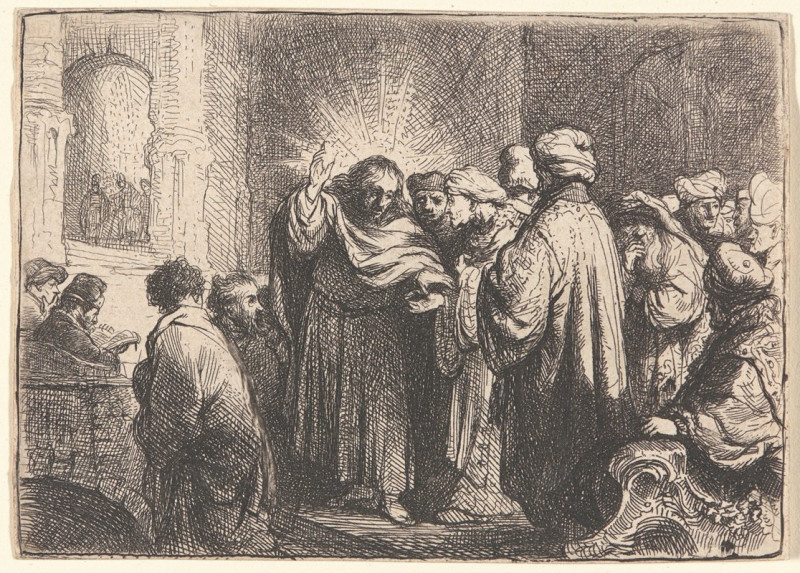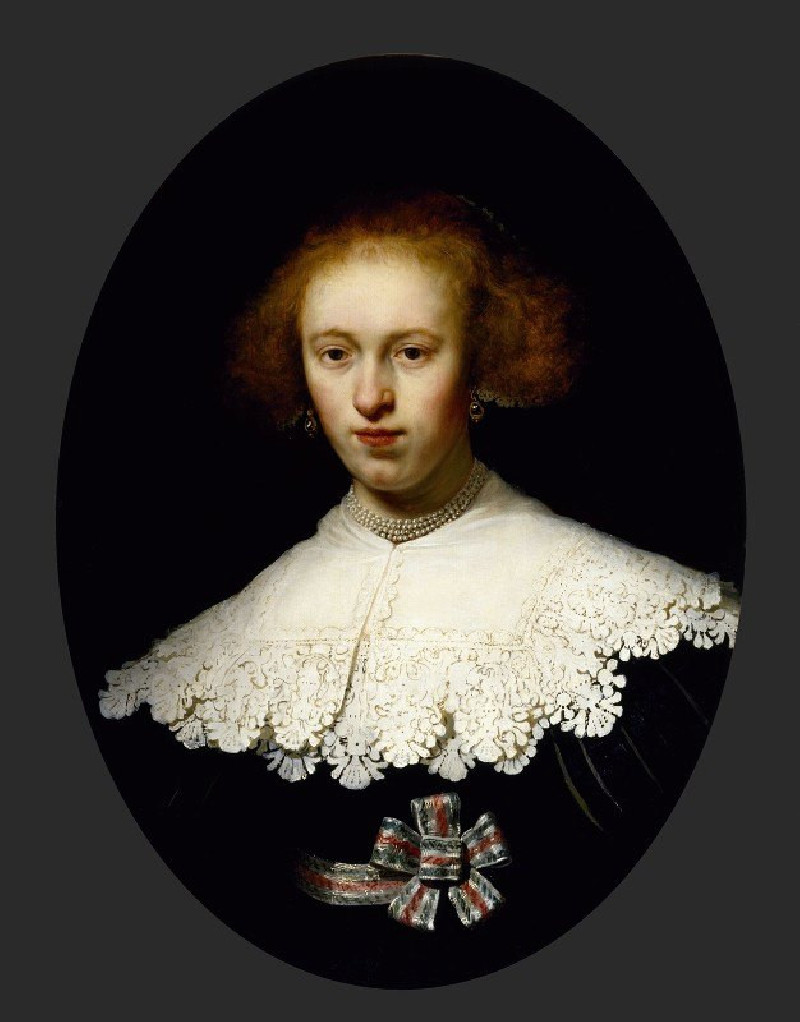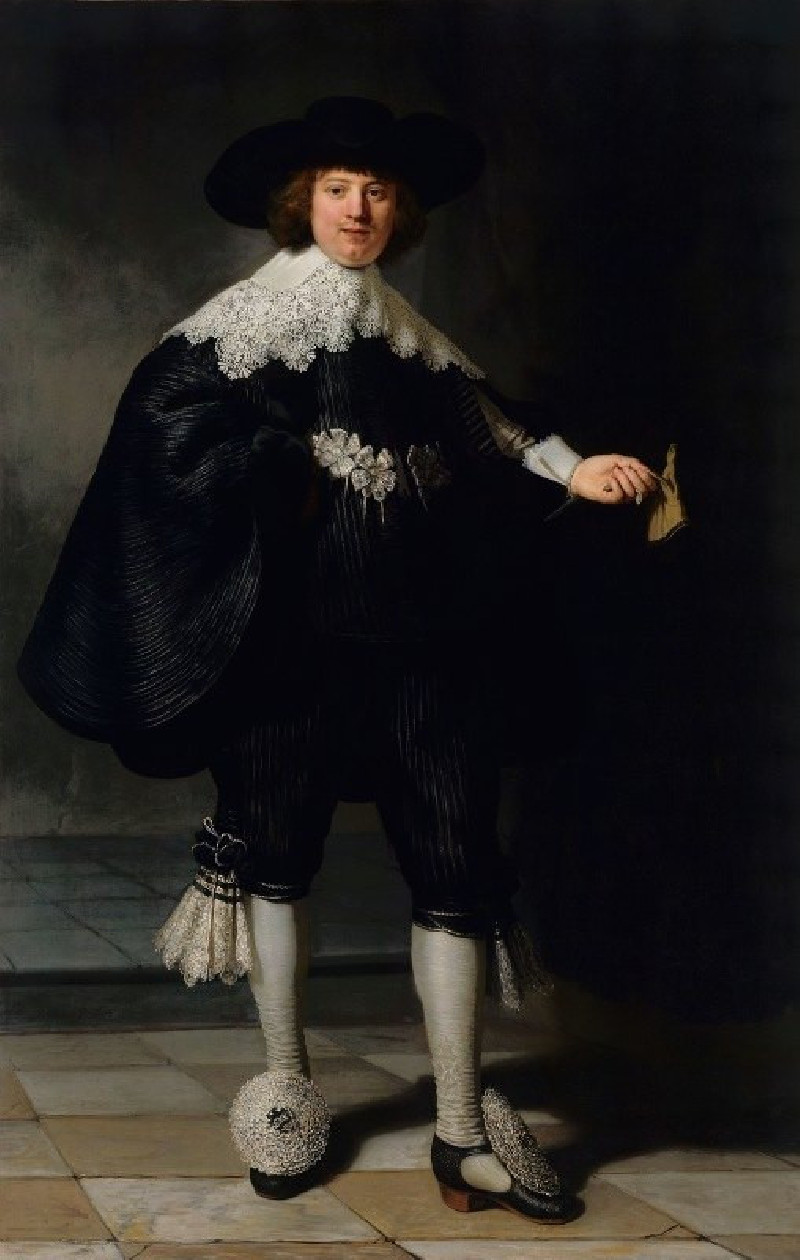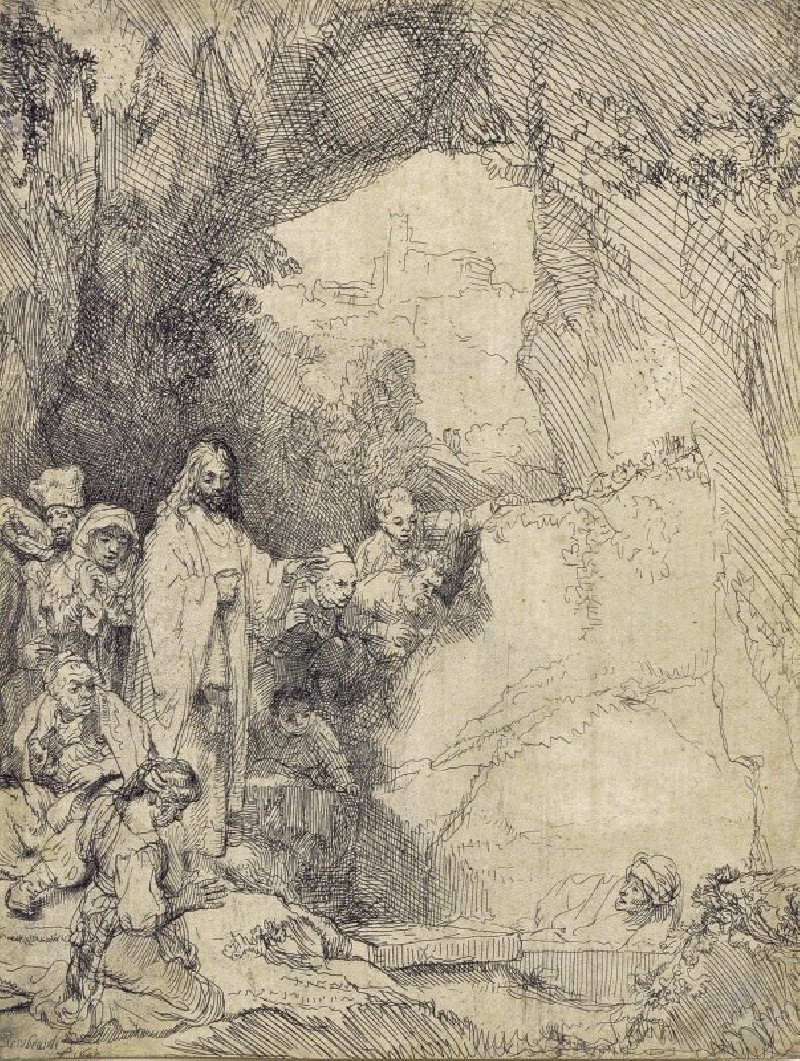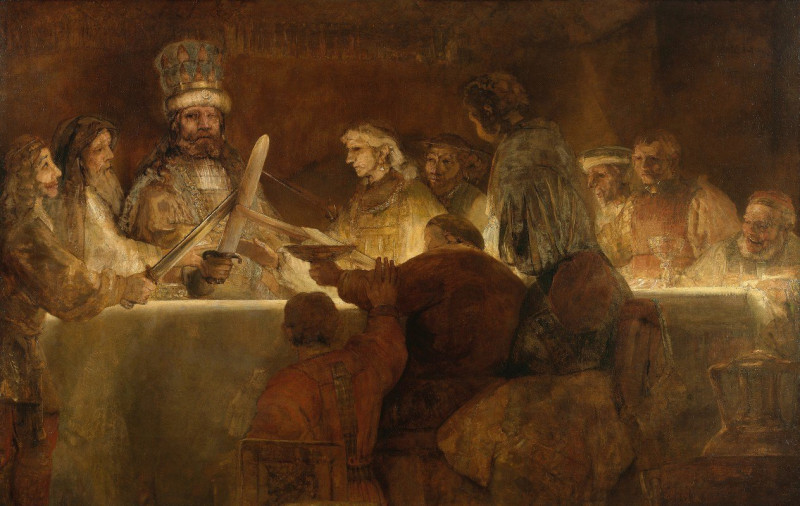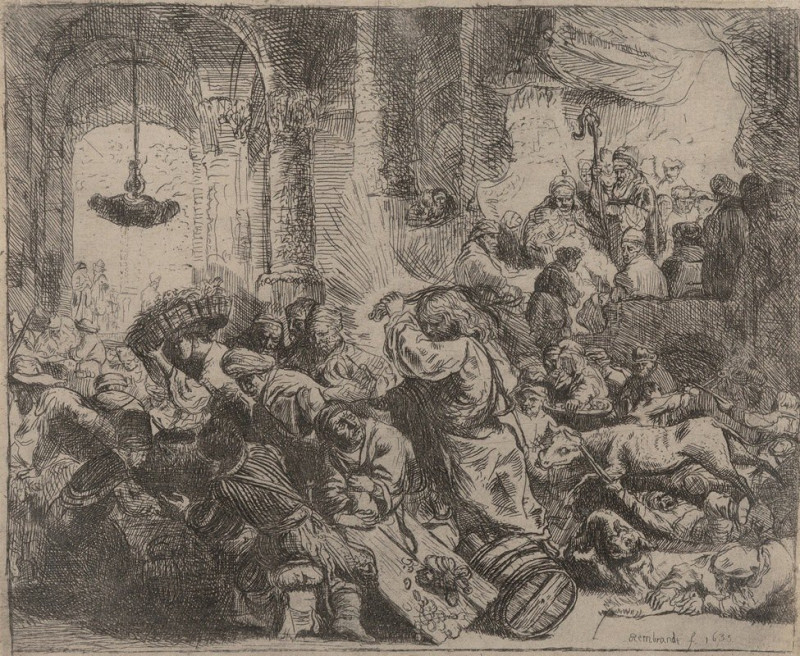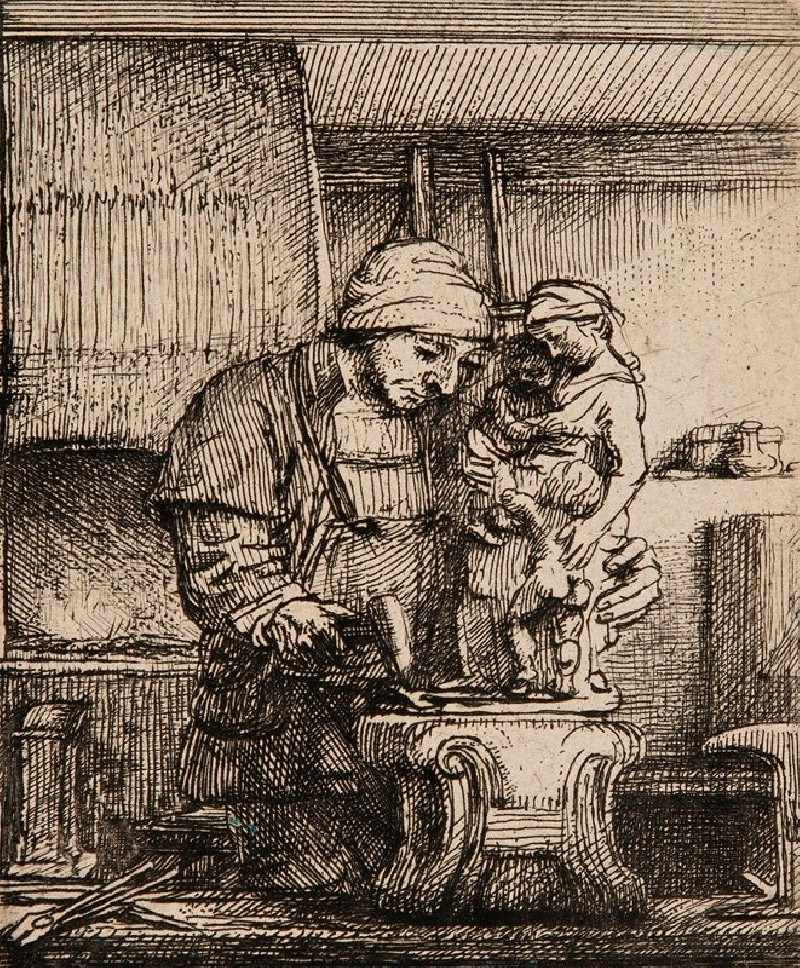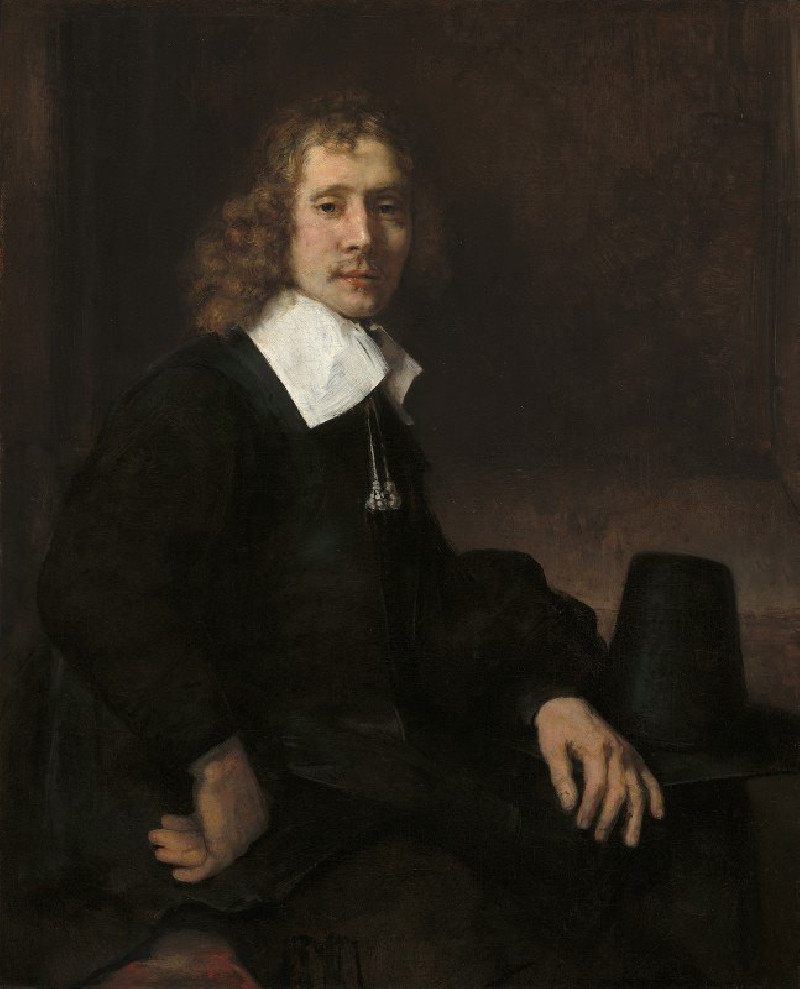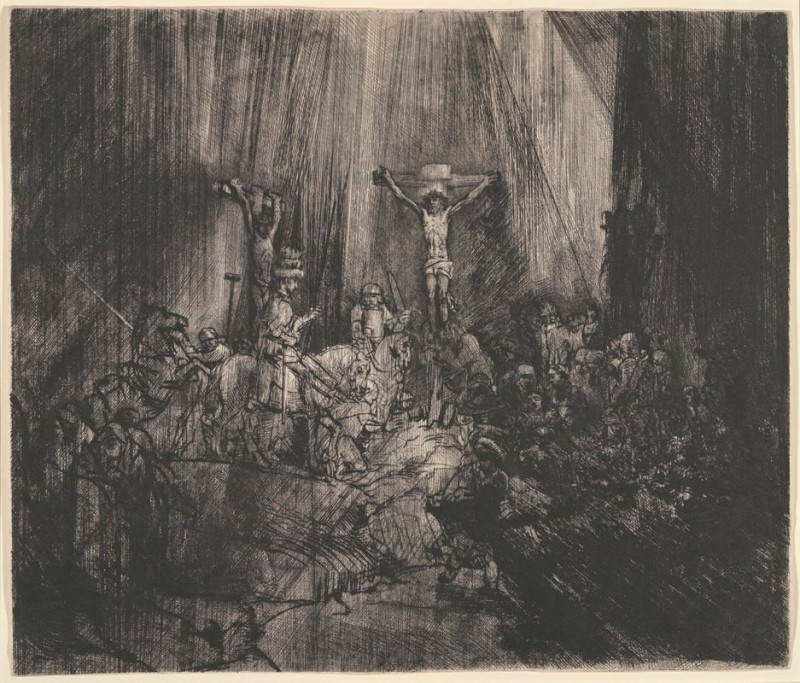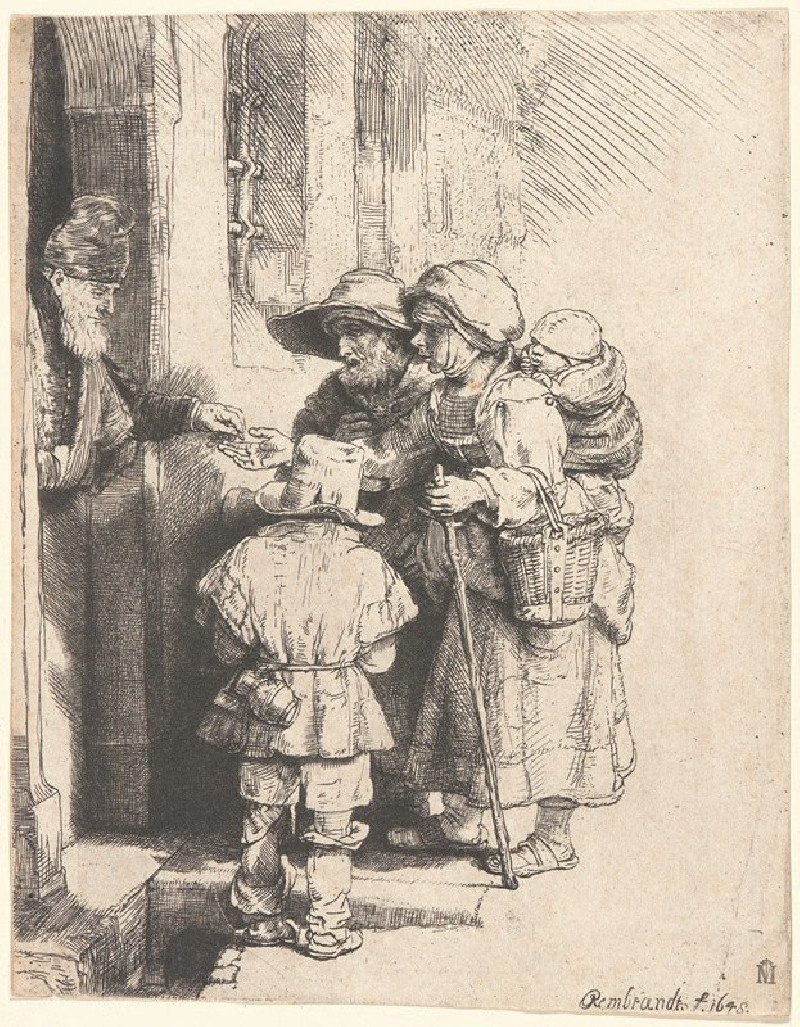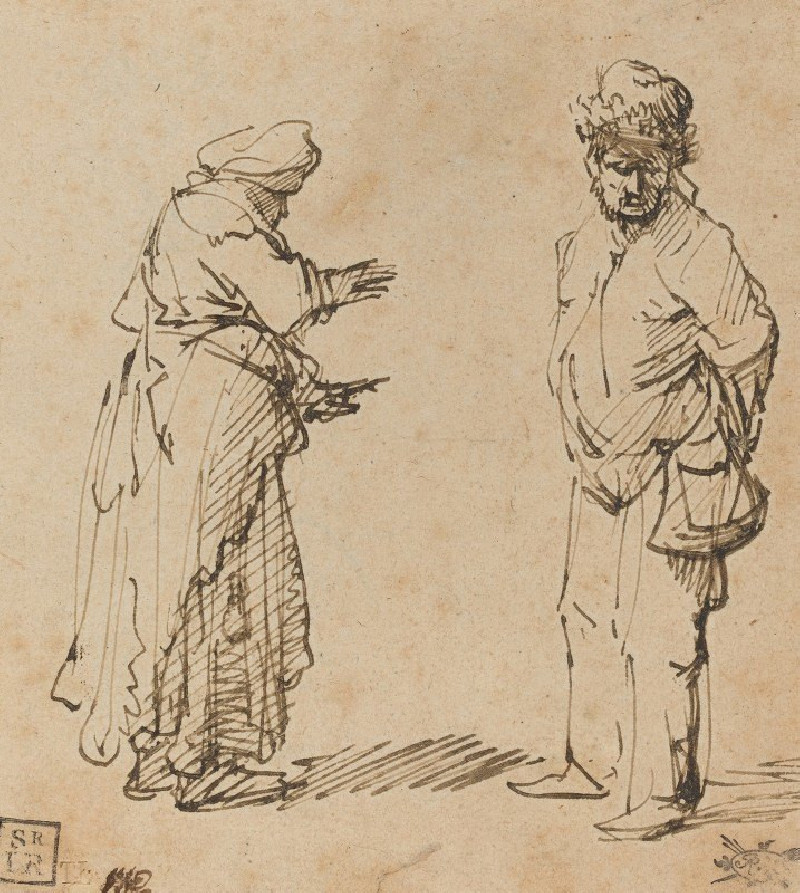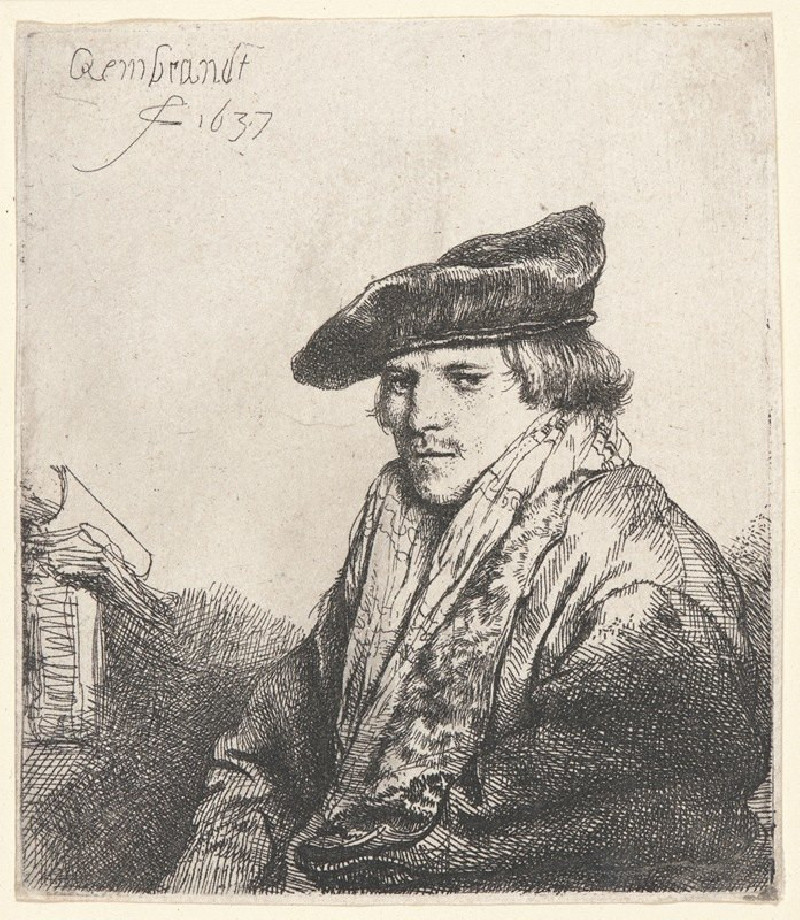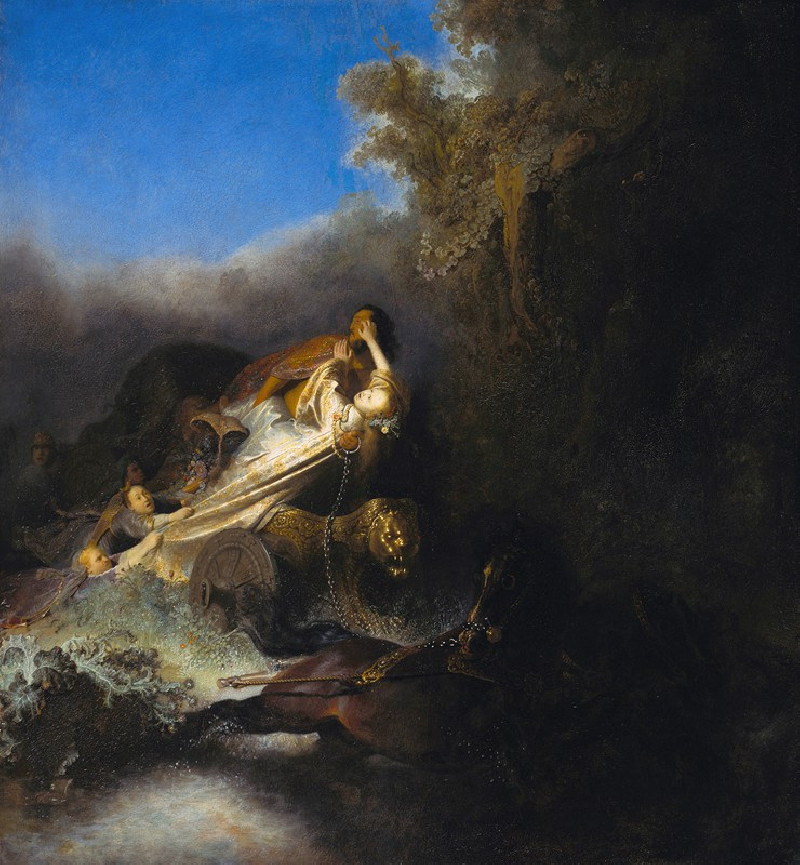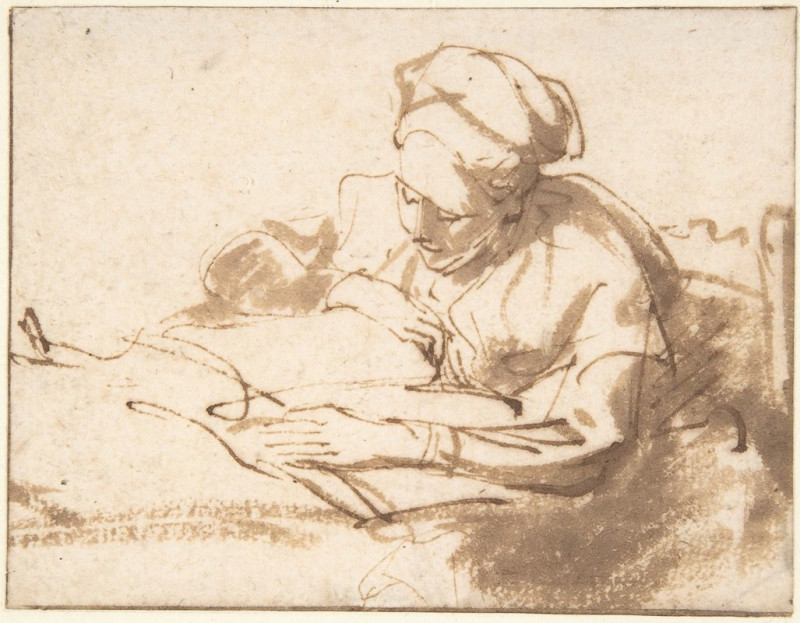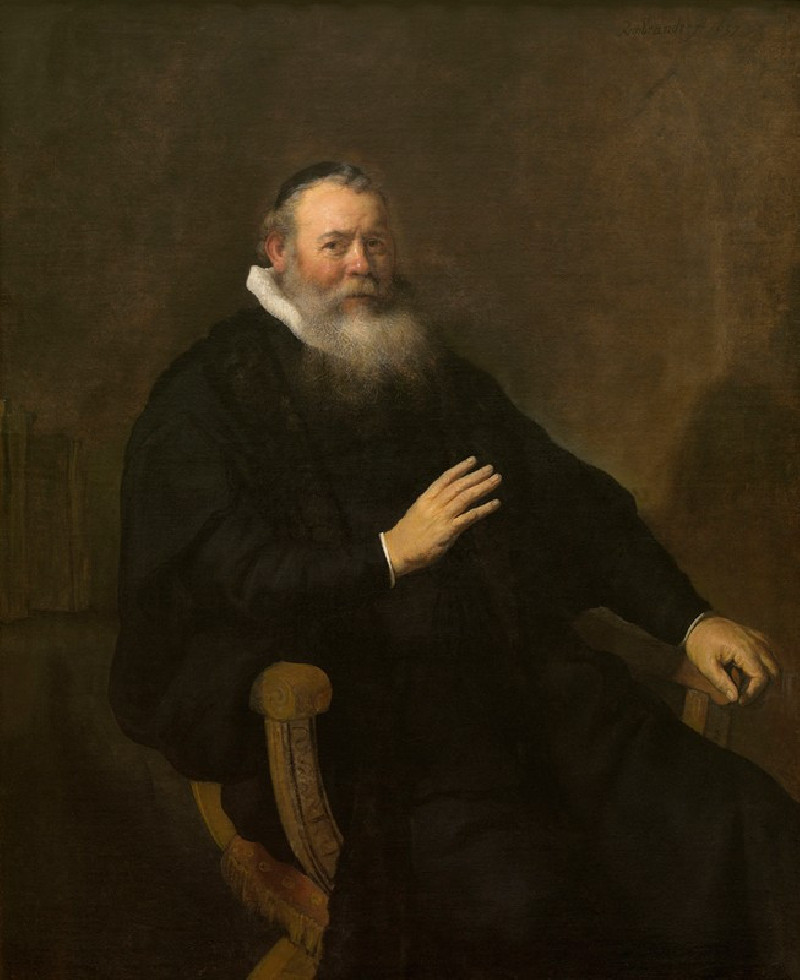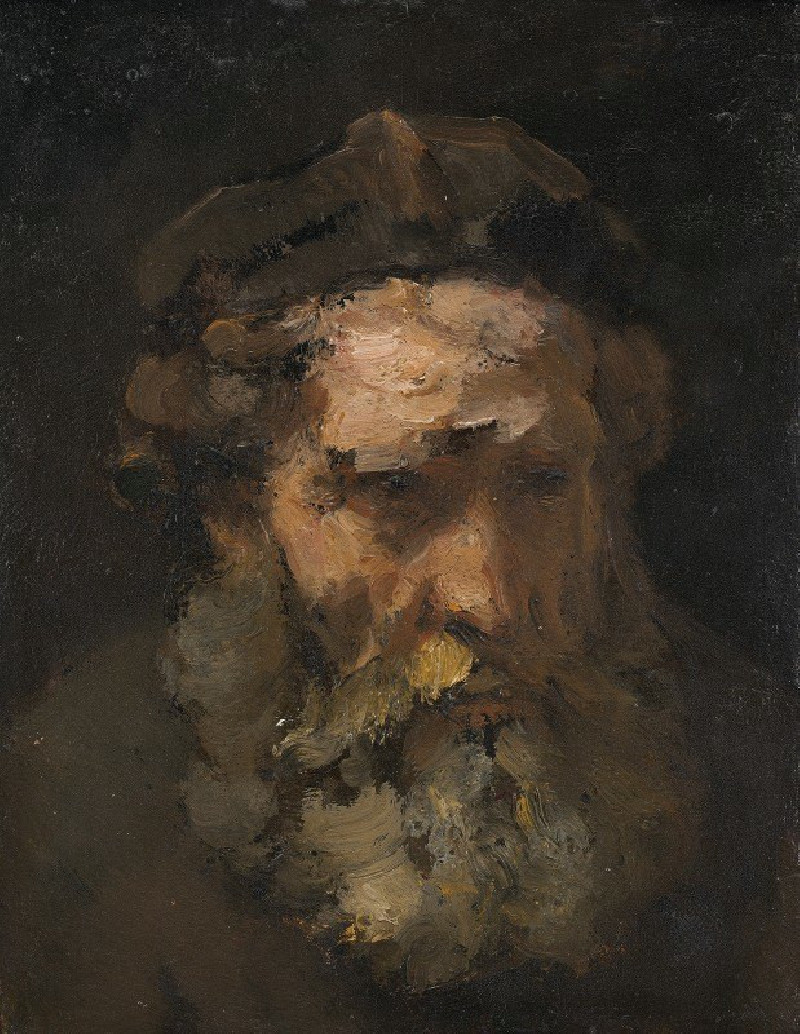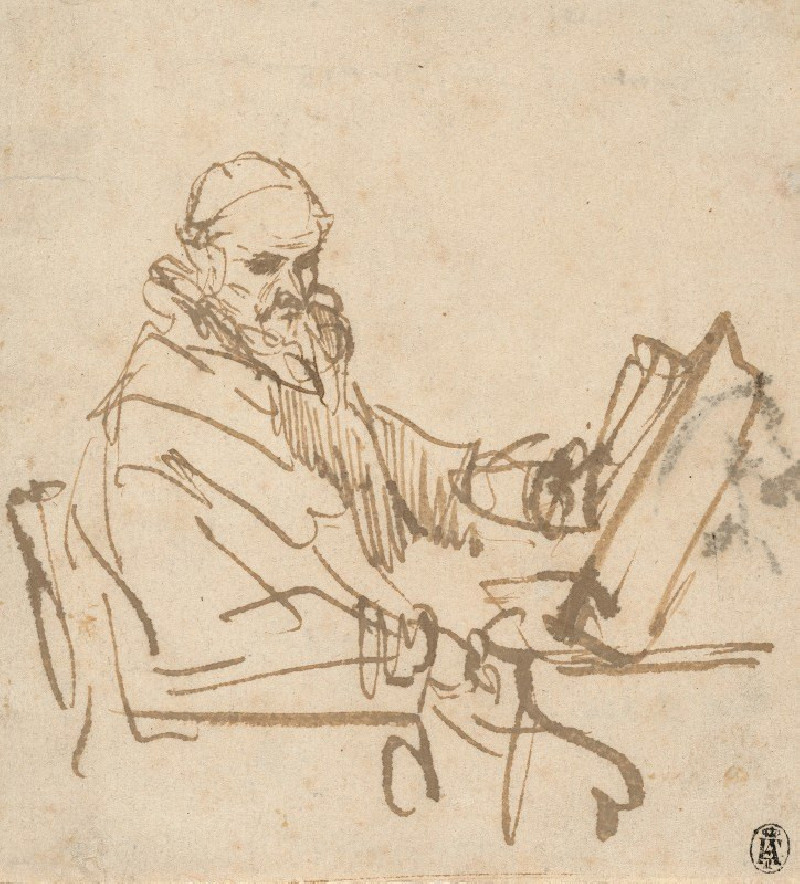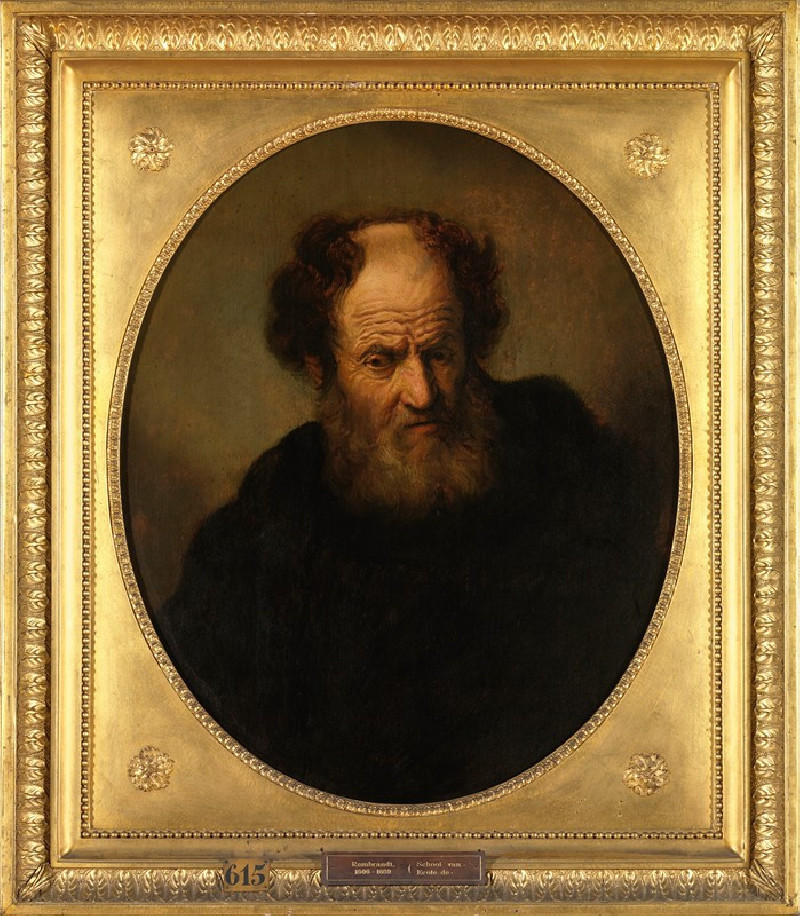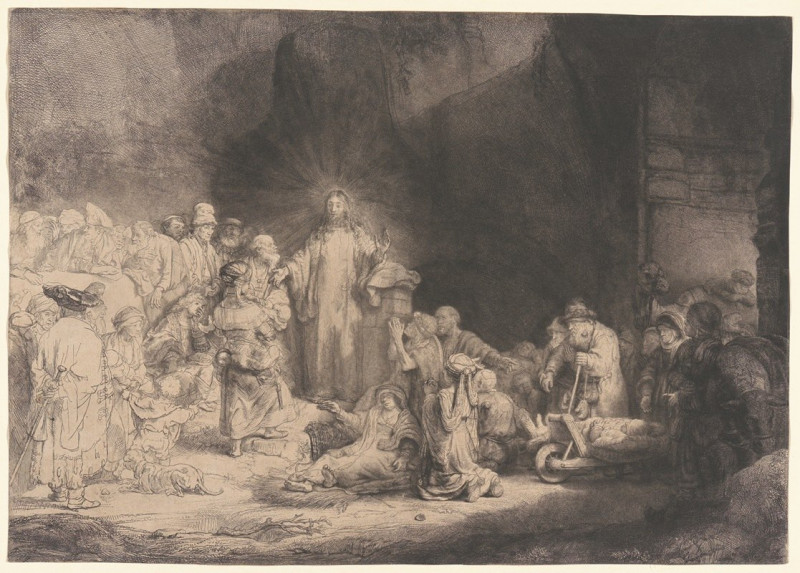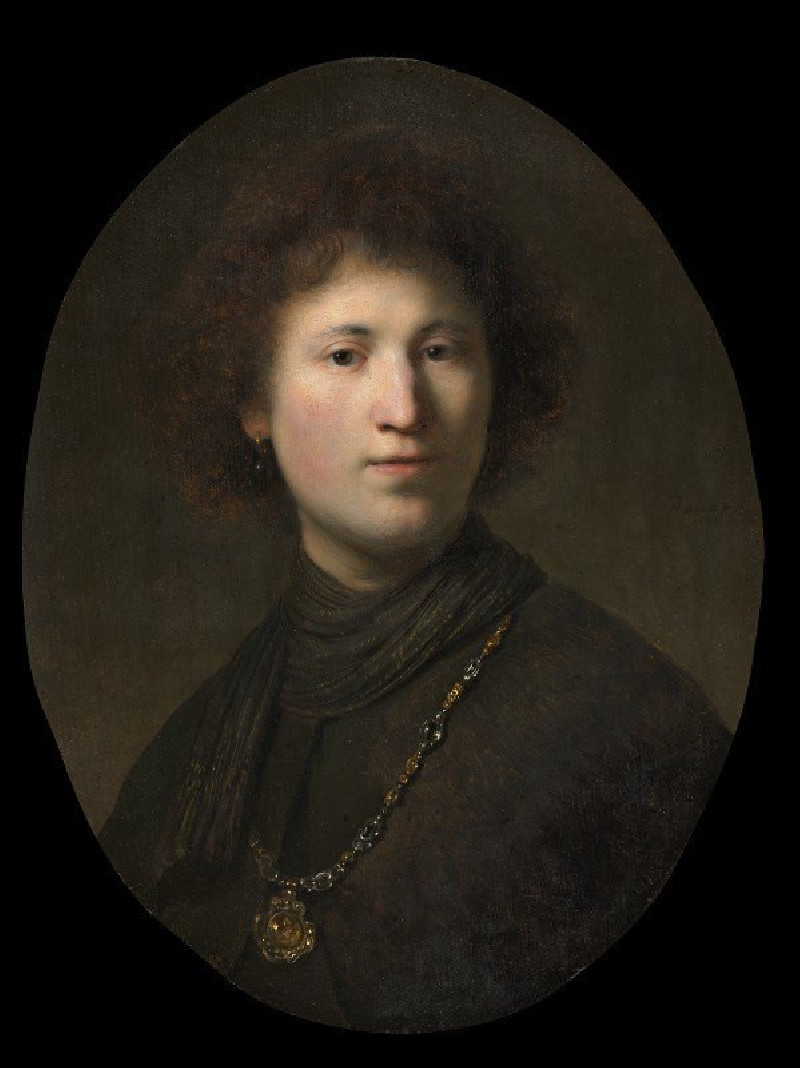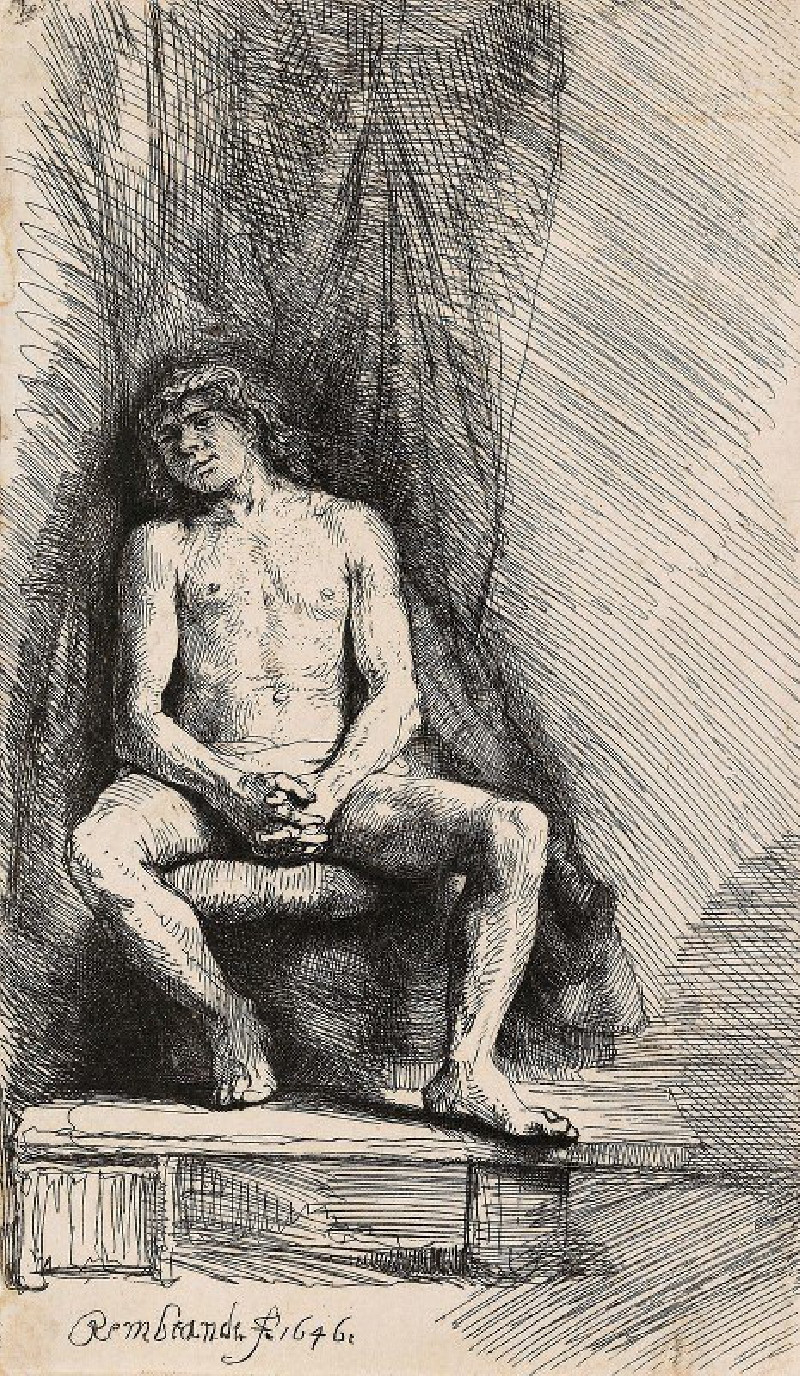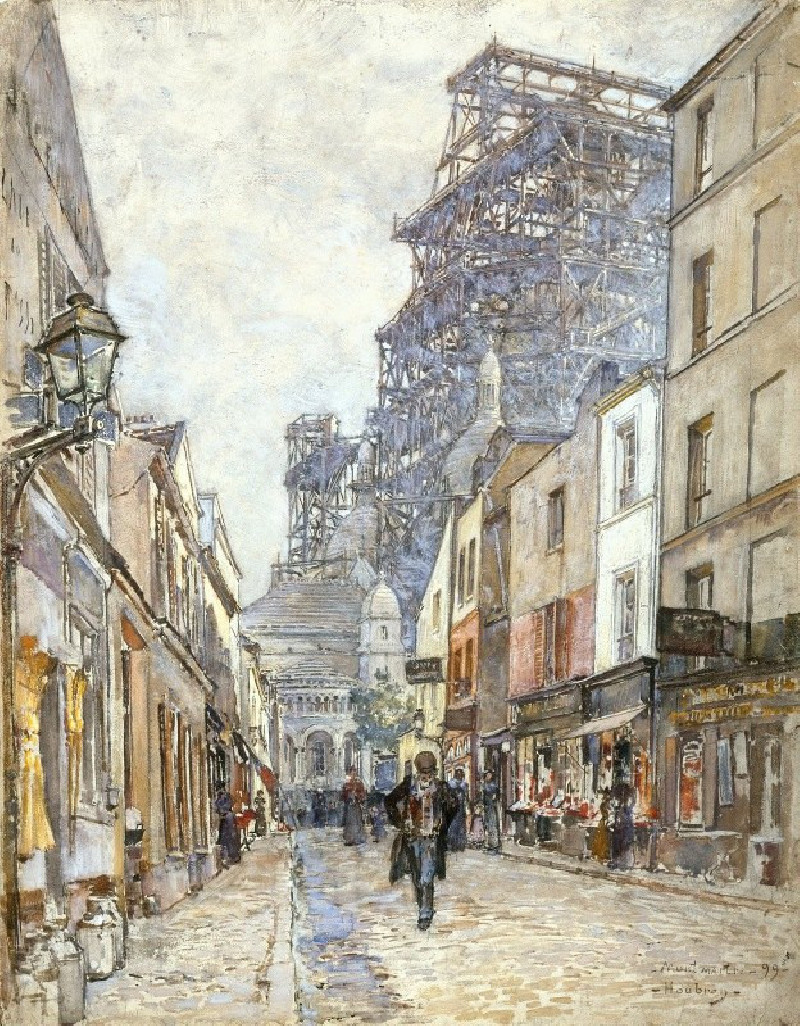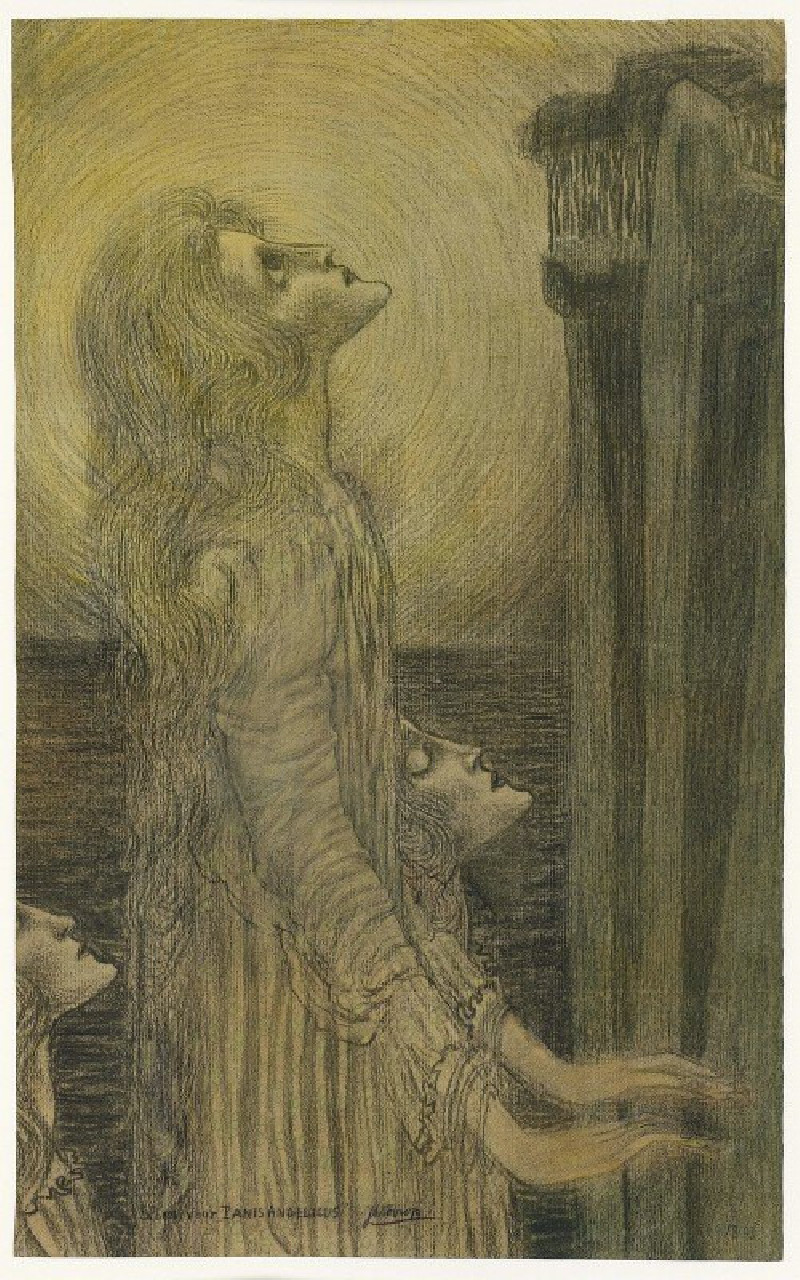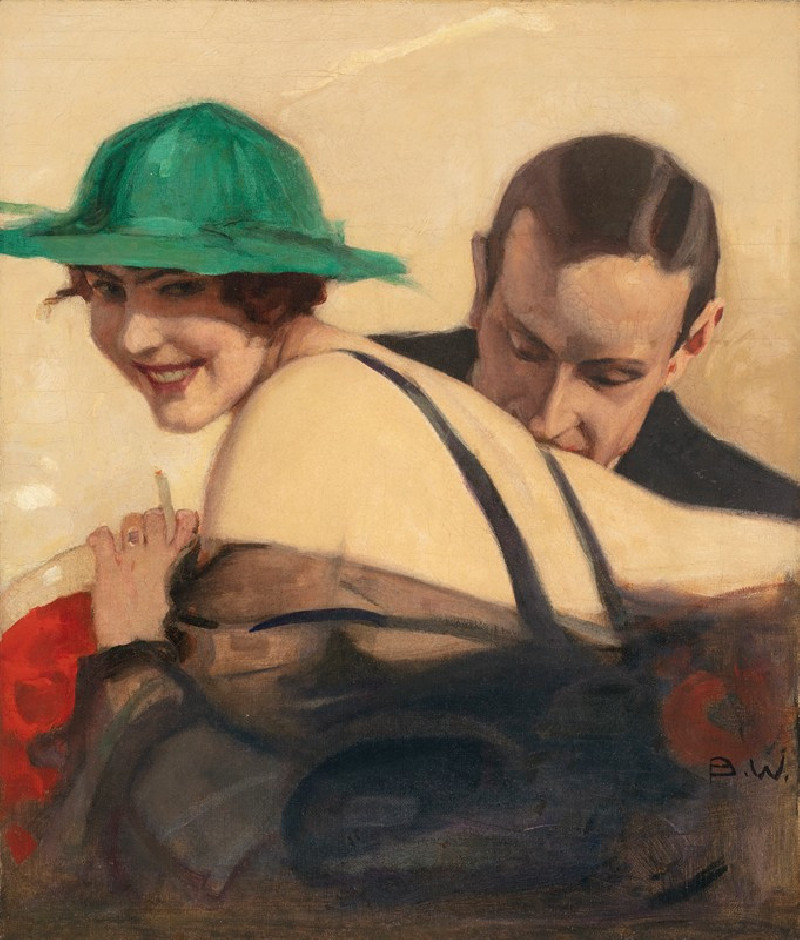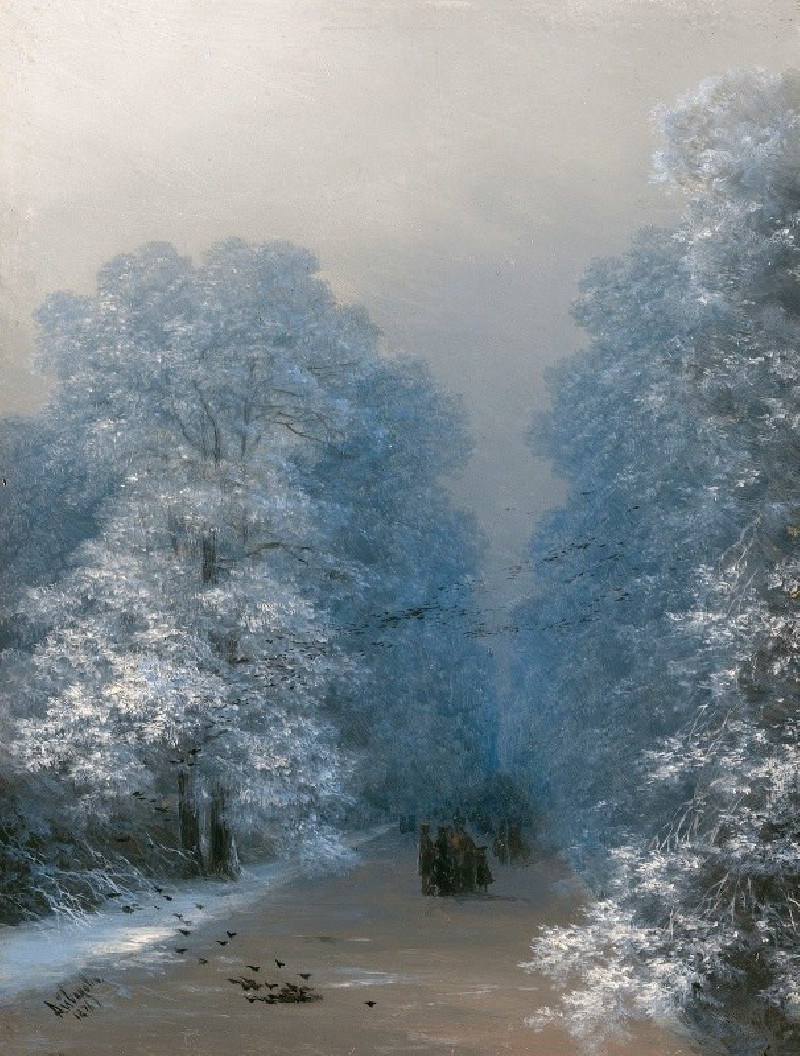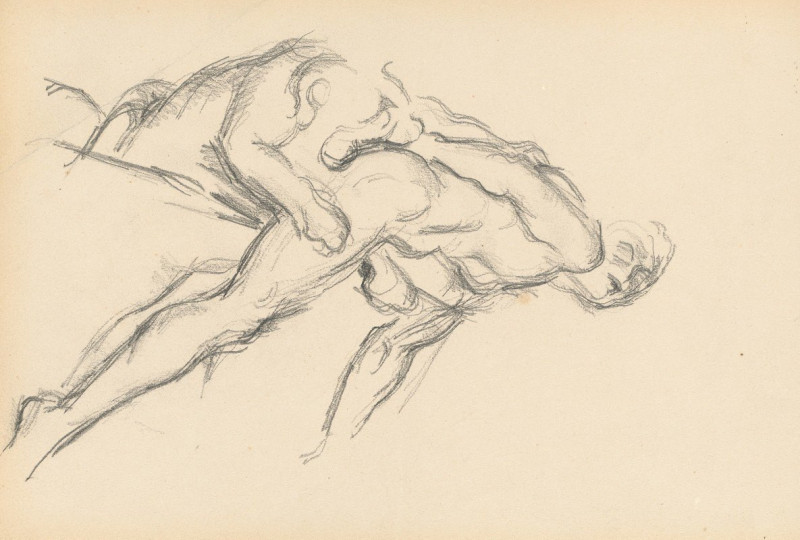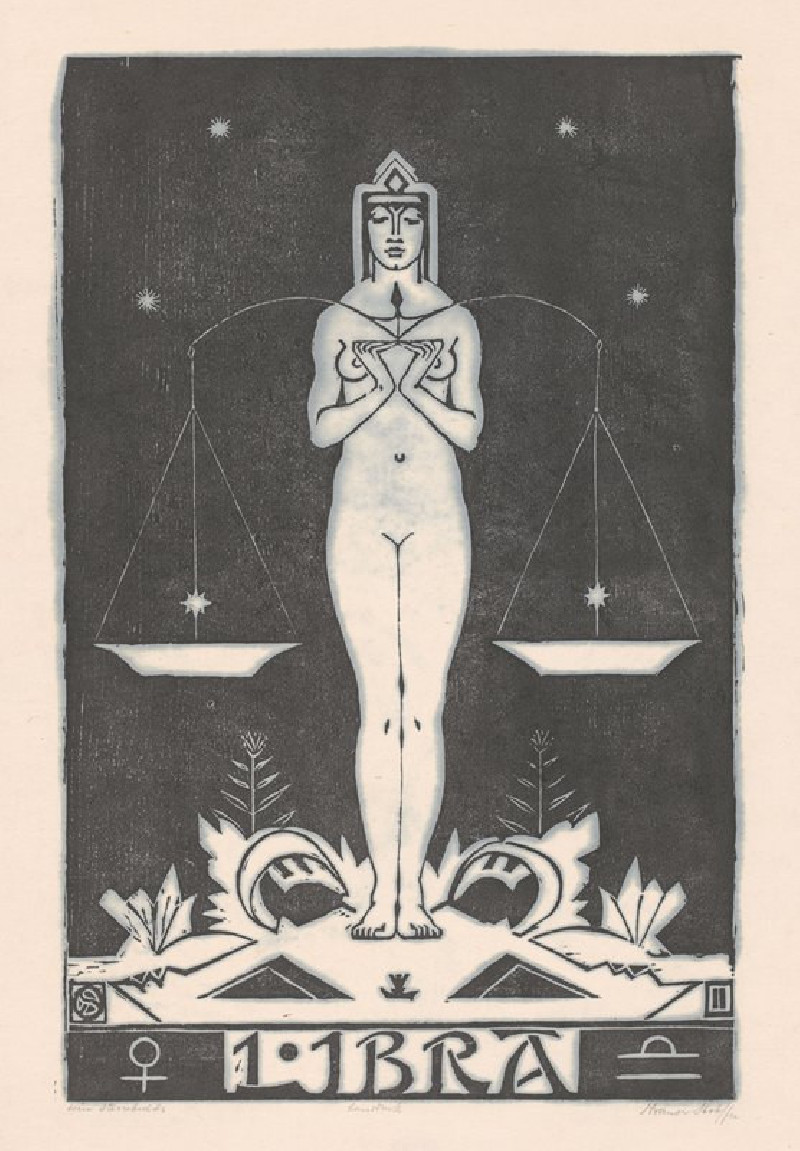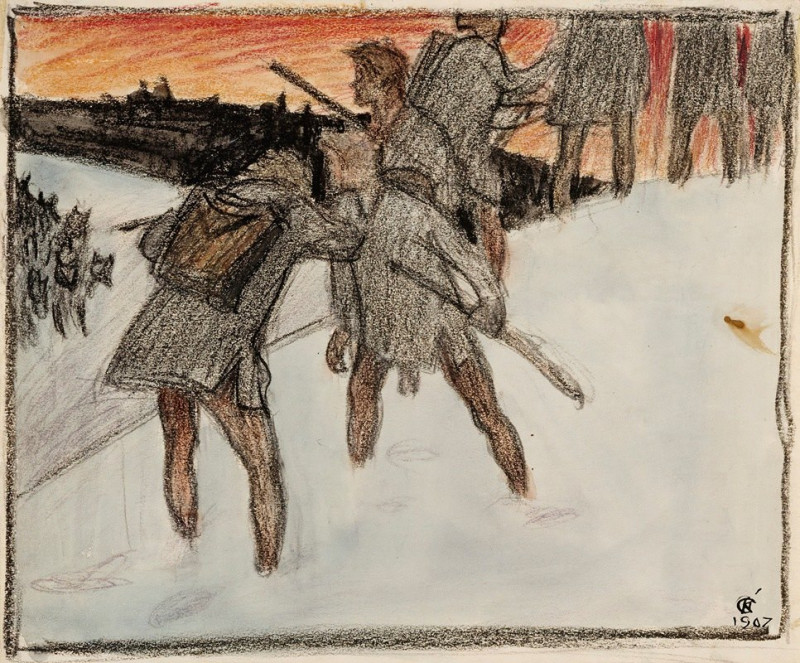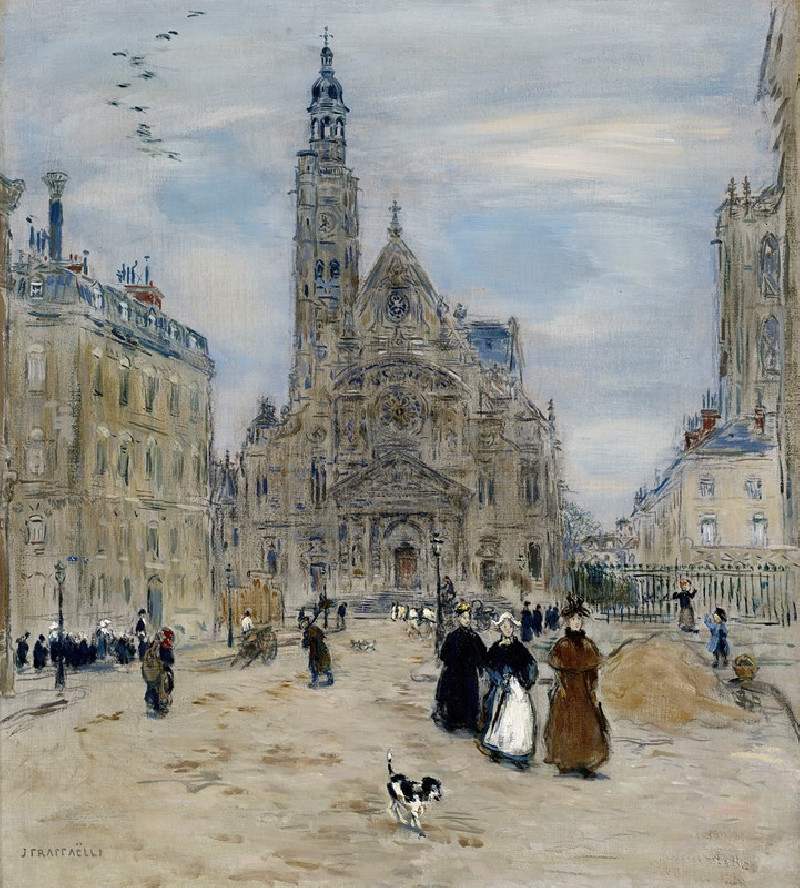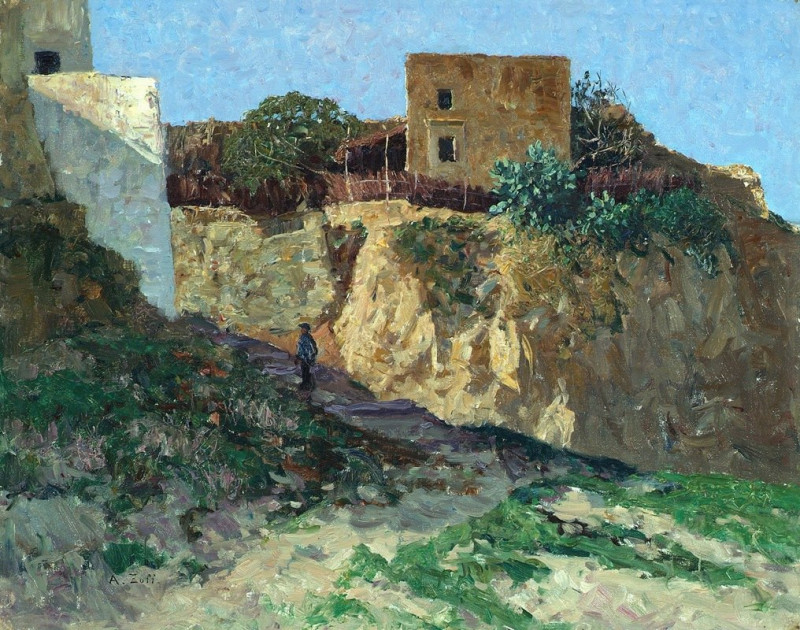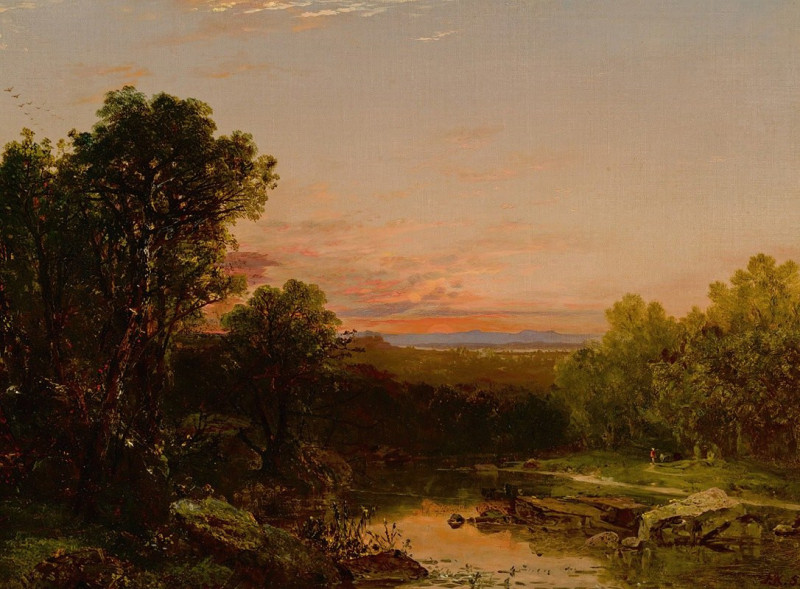Joseph in Prison Interpreting the Dreams of Pharoah’s Baker and Butler (1639)
Technique: Giclée quality print
Recommended by our customers
More about this artwork
Rembrandt van Rijn's 1639 drawing titled "Joseph in Prison Interpreting the Dreams of Pharaoh’s Baker and Butler" is a masterful exploration of human expression and divine providence captured in a few ephemeral brush strokes. In this evocative artwork, Rembrandt illustrates a biblical scene from the Book of Genesis, where Joseph, having been falsely imprisoned, is shown interpreting the troubling dreams of his fellow inmates, the Pharaoh's baker and butler.The scene is divided into animated clusters of figures, each rendered with remarkable fluidity and urgency. On the left, Joseph, depicted with an air of serene command, converses with the concerned butler, his gestures calm yet assertive. The focus and detail on Joseph suggest his pivotal role as the interpreter of dreams, a gift that ultimately leads to his rise from prisoner to prime minister.To the right, two men—likely the baker and an additional inmate—listen intently. The baker, traditionally associated with the less favorable outcome in the biblical narrative, appears distinctly anxious, the tension in his pose and expression palpably conveyed by Rembrandt's dynamic lines.In the upper right corner, a separate study of a head, possibly another depiction of the baker or a preliminary sketch, adds an intriguing layer to the artwork, showcasing Rembrandt’s process of exploring human emotion and character development.Rembrandt's use of expressive line work and minimal detail focuses our attention on the psychological interaction between the characters. The economy of the sketch does not diminish its impact; instead, it enhances the dramatic tension and complexity of the narrative.
Delivery
Returns
Rembrandt Harmenszoon van Rijn was a Dutch draughtsman, painter, and printmaker. An innovative and prolific master in three media, he is generally considered one of the greatest visual artists in the history of art and the most important in Dutch art history. Unlike most Dutch masters of the 17th century, Rembrandt's works depict a wide range of style and subject matter, from portraits and self-portraits to landscapes, genre scenes, allegorical and historical scenes, and biblical and mythological themes as well as animal studies.


